They say you should never start an article or speech with an apology, so let’s break that rule from the outset and get two issues out of the way immediately:
- I have owned far too many cameras and, by extension, changed them rather too frequently…but I simply can’t help myself.
- I’m one of those odd beasts (there are a few of us around – just ask the editor or check the comments section) who prefers the process of taking photographs, and the haptics of using cameras, rather more than we enjoy the end results. That’s not to say I don’t feel pleased when I get a nice shot, or that I can’t appreciate others’ photographic efforts, but rather that I get most of my enjoyment from actually using a camera, not time spent in Lightroom honing an image to within an inch of its life.
Over the last few years I have owned – and this is not an exhaustive list – Leica M8s, M9s, M9P, M240s, M-P Typ 240, M262, M-Ds, M10, M10-P, and a couple of M3s thrown in for good measure, not to mention several Leica SLs, an SL2 and a couple of Q2s. And let’s not even start on the non-Leica list…
You might reasonably be forgiven for observing that I don’t spend enough time with any one camera to truly get to know it, and you would probably be right. Truth be known: I like variety, and I enjoy trying out and getting to grips with a new camera. It keeps photography fresh and interesting for me. Another known truth: I’ve rarely lost money buying and selling used Leica camera and lenses, so my ‘hobby’ is not as expensive as one might first imagine.
But is was time for a change. I was beginning to bore even myself with the endless stream of Leica Ms coming through the door (the most recent – a beautiful M10-P – had just been returned to store because of a ridiculously sticky ISO dial).
Time for a change
So what next? My favourite among the Ms is probably the M-D, closely followed by the M8. I really loved the simplicity and the pared down shooting experience, not to mention the feel of the cameras in hand. Similarly, the M3 was beautiful to behold, to hold and to use.
I had recently decided to purchase a lovely Hasselblad 503CW – one of the Swedish manufacturer’s more recent (1996) 500 series cameras – to get my haptics and aesthetics fix, not to mention the fact that the beautifully bright waist-level viewfinder was a joy to use and offered a very different, though horizontally reversed, perspective. And square format images from the 6x6cm negatives appealed too as something a bit different.
I enjoy using film cameras because of the haptics and simplicity – not to mention the reassuring build quality, if you buy something half decent – but film is something of a pain to use exclusively, to my mind. I was nevertheless enjoying using the 503CW and sending off the occasional roll of film for developing and scanning, when I stumbled across (on eBay) a beautiful Hasselblad CFV 50C digital back. It was quite an investment all in (think used M10 money, plus a further £1,200 for the ‘mint’ 503CW, plus lenses), but might it allow me to have my cake and eat it?
First foray into medium-format digital
The Hasselblad CFV 50C is a 50MP digital back which is fully compatible with the manufacturer’s famous 500 (or V) series camera range. Launched in 2014, it has the same Sony-built CMOS sensor as the company’s current X1D II 50C medium format camera, also found in Fujifilm’s GFX 50R and S.
Many Macfilos readers will be familiar with digital backs of one form or another, but I have to say I’d never been keen on the aesthetics of bolting a plastic box onto the back of a medium format body. The CFV 50C was, however, quite a different proposition.
Beautifully and robustly built to match the black and chrome looks of my 503CW camera, it integrates seamlessly and, to my mind at least, looks very handsome mounted on the camera. Indeed, Hasselblad has done a tremendous job styling the digital back to look like one of its A12 film backs.
What impressed me most, upon thumbing through a user manual before committing to the purchase, was that the digital back required no Frankenstein-like cable connection to connect to my very analogue 503CW. It just works, apparently. And so it does, on most Hasselblad 500 series cameras since 1957. In fact, I’d say it’s the closest thing to using “digital film” that I have ever experienced.
It brings a smile to my face because it’s a very capable product (more of which shortly) but also because it does not detract in any meaningful way from the thoroughly satisfying experience of using the 503CW as it was intended to be used. Hasselblad has somehow managed to bring together the best aspects of its medium format film cameras (they are not too pricey these days, by the way) with the quality and ease-of-use of a modern, medium format digital sensor. Ingenious… and maybe just what I was looking for.
Even a Leica M9 seems complex
The CFV 50C has not disappointed in use. Setup and menu learning took less than 15 minutes. This thing makes even the M9 look positively complex! Image output (Hasselblad’s proprietary 3FR RAW format or JPEG), ISO, image aspect (4:3 or the famous 1:1 of the A12 film back) – and that’s about it.
There is no light meter in the 503CW, of course. And, with the CFV 50C mounted on the back, shutter speed and aperture are still dialled in on the excellent lenses, which contain a leaf shutter.
There is a rudimentary live view which allows one to check composition whilst holding the shutter open in Bulb mode, and to double-check critical focus… but not actually to take a shot. For that, live view must be switched off again, the camera cranked once more as if advancing the frame, and the shot taken. How quaint! 10 FPS this ain’t, by any stretch of the imagination, and that’s what I love about it.
Images appear on the LCD screen for review and are saved to a Compact Flash card. Focus may be checked again by zooming in post capture, and a series of histogram displays allow the photographer to check exposure.
The camera may also be shot tethered to a Mac or (perish the thought) a PC via a Firewire 800 cable using Hasselblad’s excellent (and free) RAW converter and basic image editor, Phocus, which talks nicely to Lightroom and other editors. Surprisingly, I have experienced no problems getting the camera to connect to my 2020 iMac via a Firewire 800 to Thunderbolt 2 adapter, and a Thunderbolt 2 to USB-C adapter.
You have to crank it by hand!
In use, the CFV 50C really doesn’t feel that different from using a film back. One still focuses using the waist level finder, and the camera must be wound on between frames – all very ‘old school’, just as I like things. I can’t help thinking about the M10-D users (and prospective users) who have asked for that particular camera to feature a mechanical frame advance lever. Well, here you have one…
To be sure, this is not a camera for taking photographs of fast-moving children, or discreetly snapping away on the streets; but if you want to enjoy the haptics of using an old-style film camera, with all the convenience of a modern digital sensor, then I don’t think it gets much better than this. And the Hasselblad V series lenses – I have three at present – are superb, though much larger than the jewel-like Leica M lenses albeit considerably less expensive.
Which reminds me: having sold my last Leica M8 I thought my days of multiplying by 1.3 to calculate equivalent focal lengths were well and truly behind me…but it’s worse! 6×6 format film has a reverse crop factor which makes the Zeiss Planar ‘normal’ 80mm lens about 44mm in full frame terms. The CFV 50C’s cropped medium format sensor is 0.79 of that (a 43.8mm x 32.9mm sensor versus a 60mm x 60mm negative). So the 80mm normal lens now becomes a 63mm when the digital back is used. Phew! It keeps me young, I suppose.
The 0.79 crop factor also means that it is best to use Hasselblad’s supplied focus screen (it’s a 30 second job to change it) when using the digital back. It has the crop marks for using the digital back in 4:3 and 1:1 modes, but also works equally well when you want to put the A12 film back on the camera to shoot analogue. Mine was supplied without such a screen, but Hasselblad had one in stock and are sending it to me (for a few hundred pounds). In use, it’s a lot like a rangefinder viewfinder: one can see a wider field of view in the very bright focusing screen, which I find aids composition.
I’m currently using the camera with the renowned Carl Zeiss 80mm f/2.8 Planar, 150mm f/4.0 Sonnar and the superb 50mm f/3.5 FLE (floating lens element) Distagon, which allows closer focusing distances. The latter is about 28mm (full frame equivalent) on the film back and 40mm on the digital back, which gives a very nice normal field of view.
Thus far, I have been out for a few brief photowalks with the camera and digital back, and also a few short, pre-planned trips where I have had the chance to use the camera and 50MP medium-format sensor in an environment where it really shines to my mind: shooting landscapes.
This is a digital camera setup that you really can’t rush. It’s probably at its best on a tripod, though surprisingly comfortable to hand hold, nestled against one’s waist. And, whilst you could ‘cheat’ by firing a test shot to gauge the accuracy of your ‘best guess’ exposure, I enjoy slowing things down a little and using a light meter. I’ve even got out my Lee filters again, too.
Image quality is superb and very pleasing to my eye (I’m far from being a pixel peeper). Hasselblad is renowned for its colour science and the RAW/3FR images are impressive. The CFV 50C has plenty of dynamic range – circa 14 stops – and is very usable to ISO 6400 if you need to go that high. With a top shutter speed of 1/500s on the V series, you probably won’t. Recovery of shadow details in Lightroom is good, with very little noise, but it is the way that the sensor protects highlight details that has really impressed me…for those occasions where my ‘best guess’ or metering simply aren’t good enough.
A touchscreen – whatever next?
Hasselblad is taking orders for, and is about to begin shipping, the second-generation CFV II 50C digital back and its matching 907X camera body. It has the same sensor, but a faster processor, USB-C interface, integrated battery compartment and a higher-resolution, flip-up touchscreen on the rear, similar to the upgrades the X1D II 50C enjoys over its predecessor. It can again be mounted on any V-series camera since 1957 but, when used with the 907X body, is fully compatible with the superb XCD series autofocus lenses.
In that latter configuration, eliminating the waist-level finder means focus is either autofocus or via the rear LCD screen. It may be a step too far for me, but some will enjoy having the option of owning a modern medium-format digital-sensor-equipped camera, which can also be mated to a 60-year-old body in the blink of an eye. The back and body are on sale for £5,990. The cheapest XCD lens will set you back a further £1,030, though you can also use V-series lenses via an adapter.
It’s still early days for me, but all the signs are encouraging and I’m really enjoying having the 503CW and CFV 50C digital back as my sole setup. Whether I will be able to keep my Leica itch under control for very much longer is quite another question though. I’ll keep you posted.

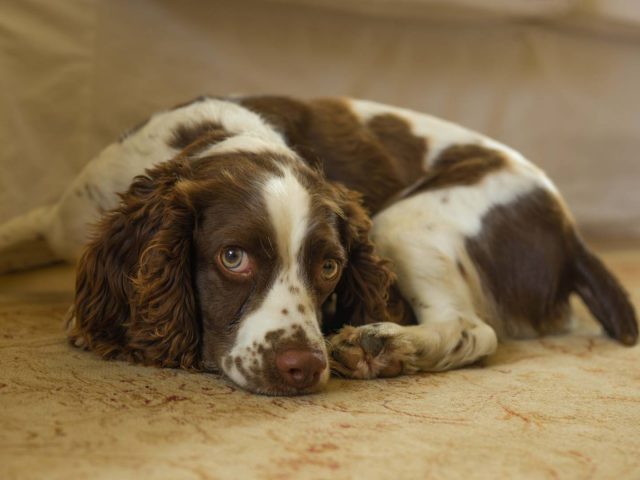

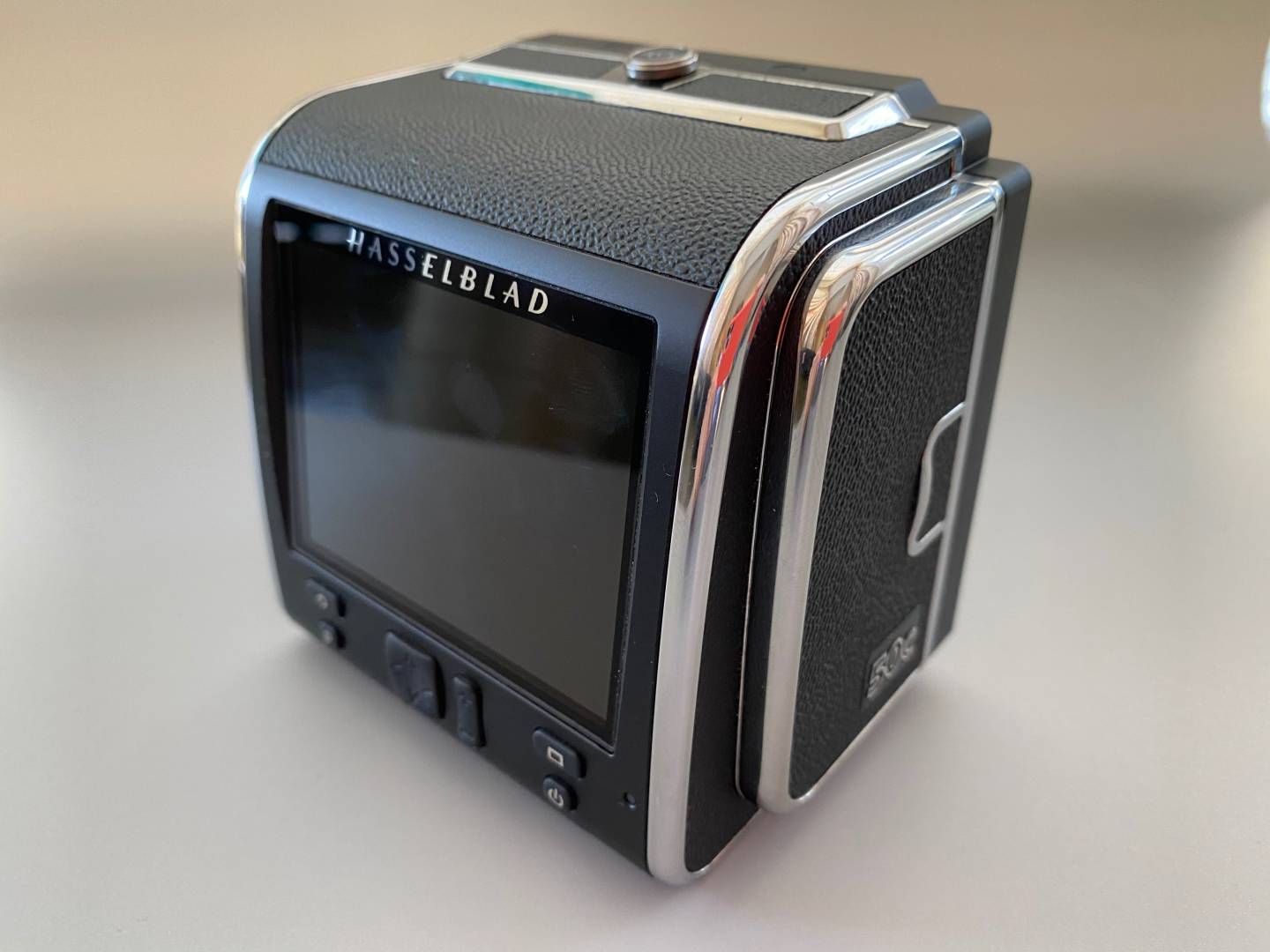
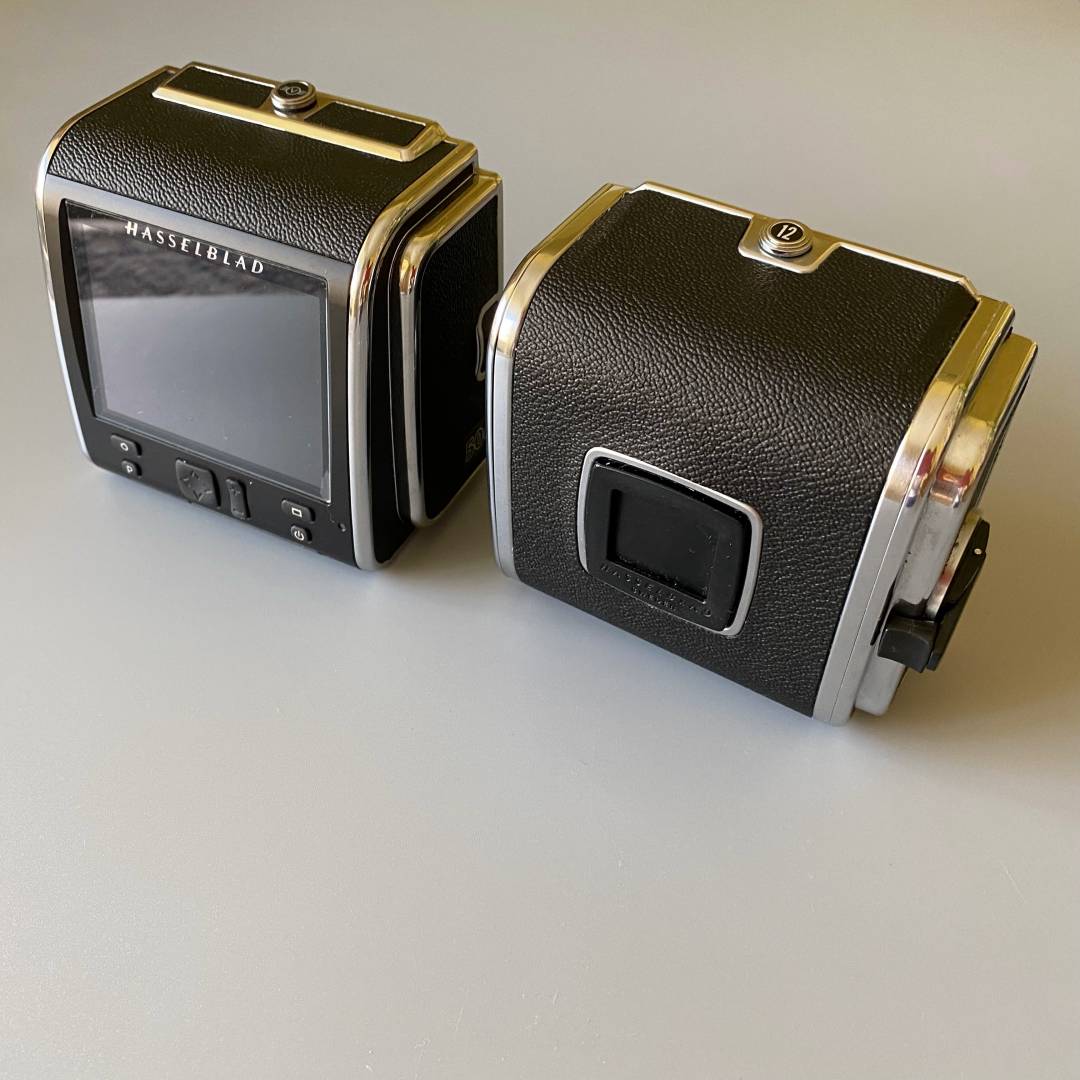
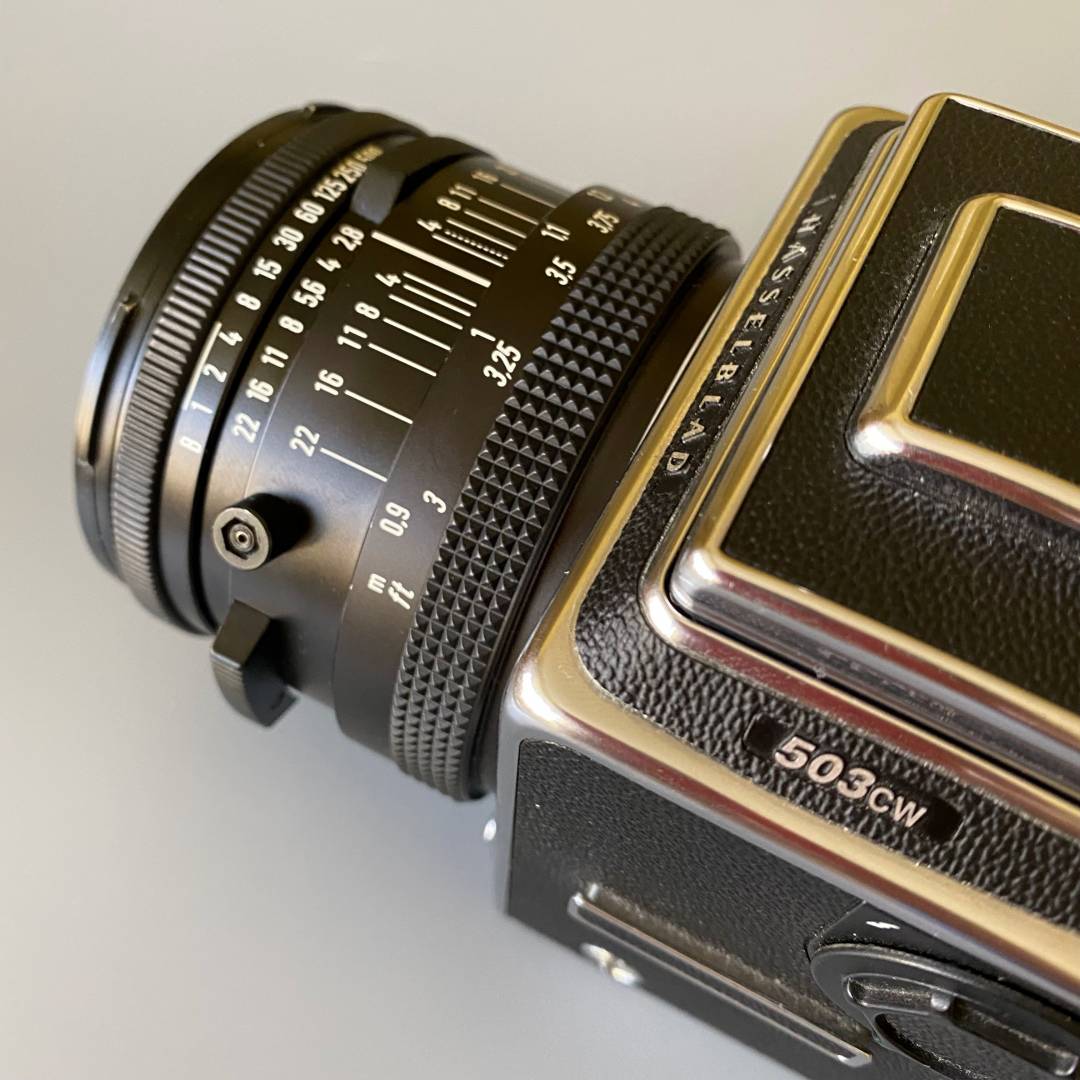
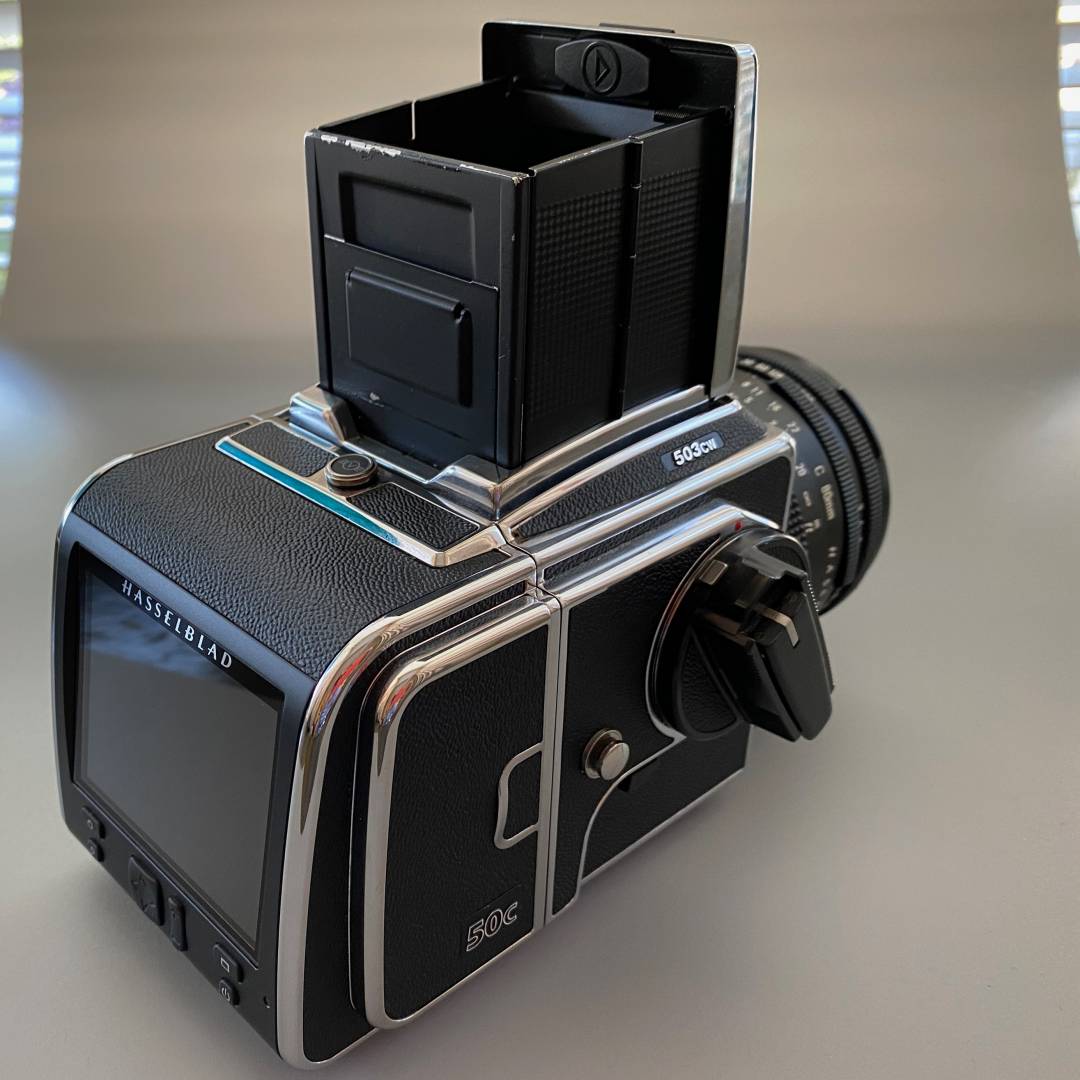

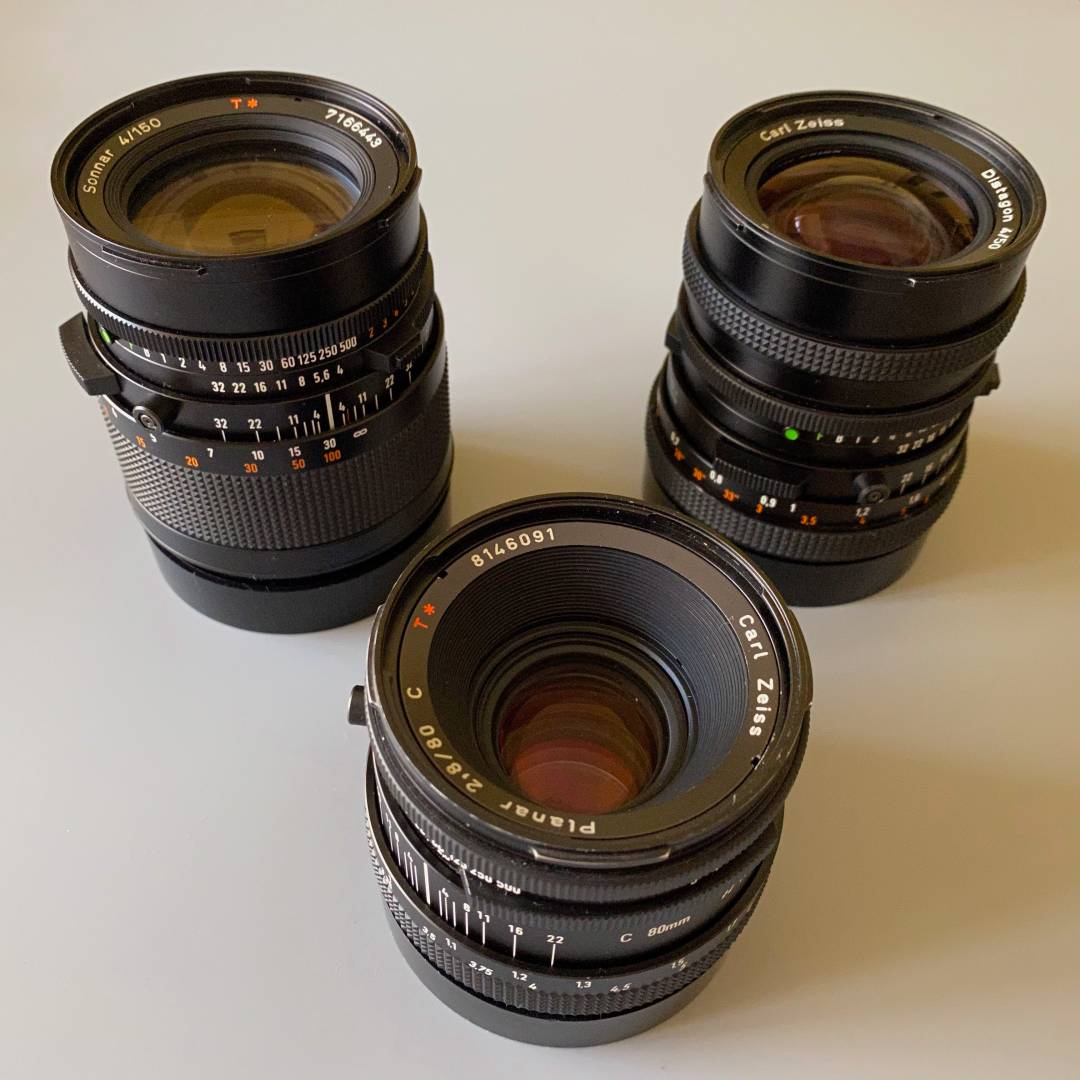
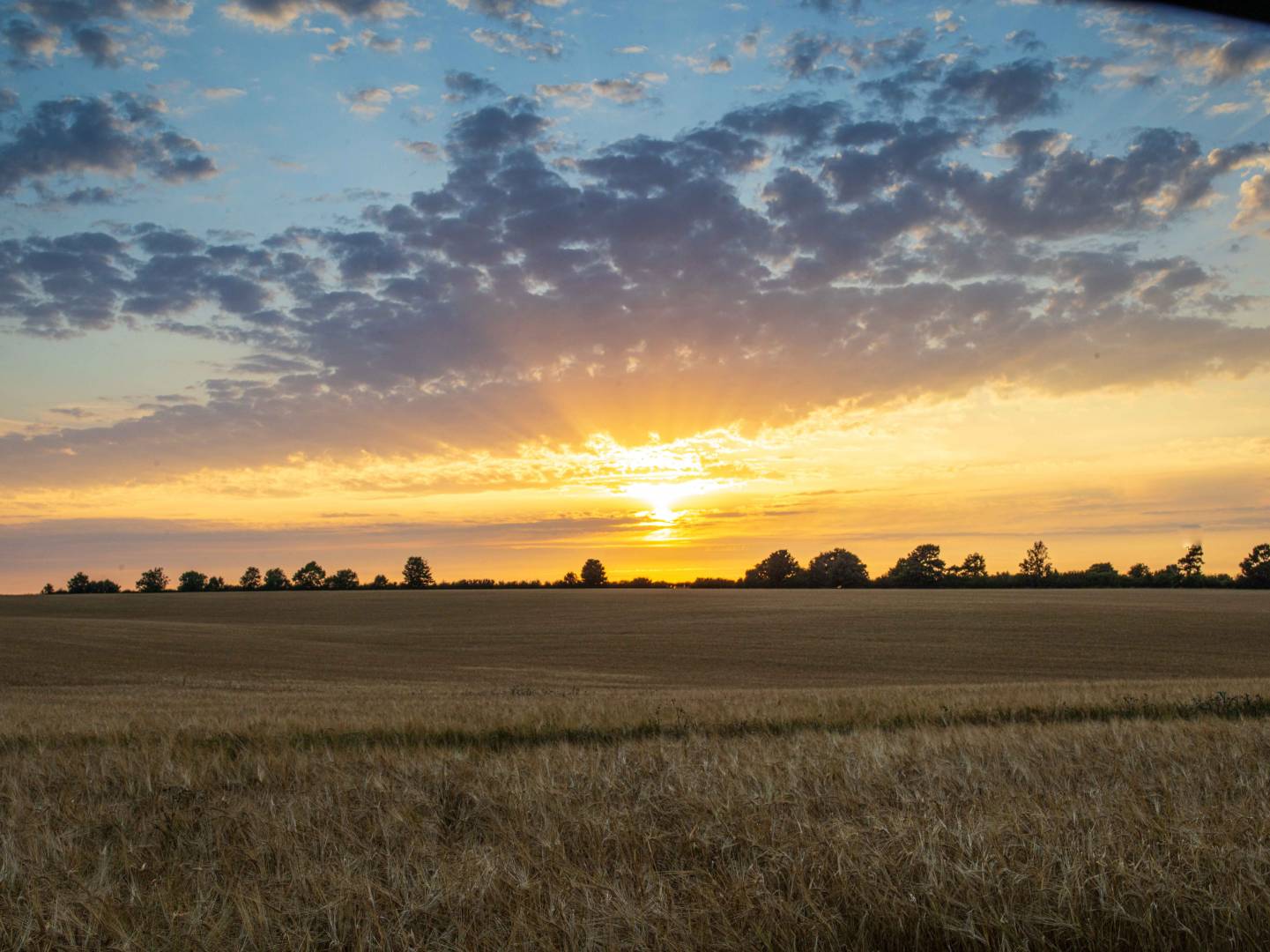
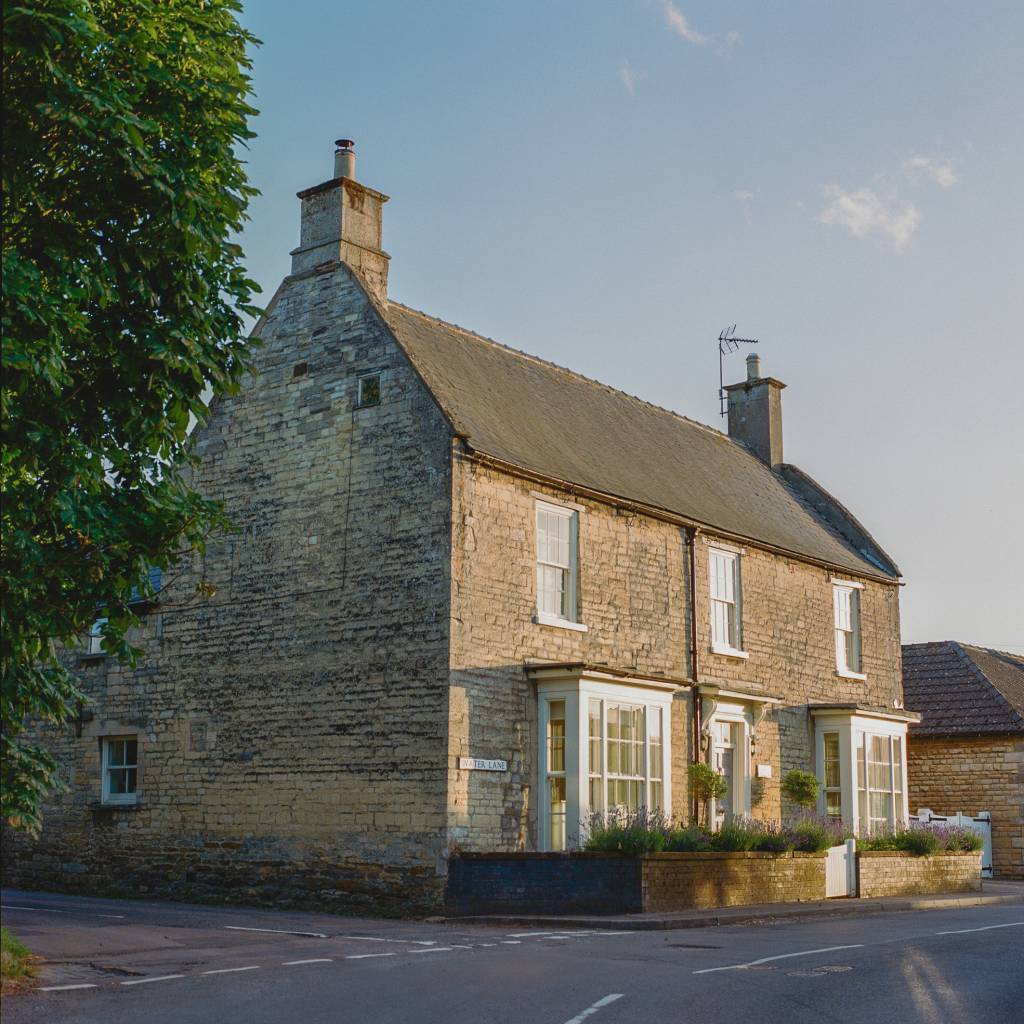
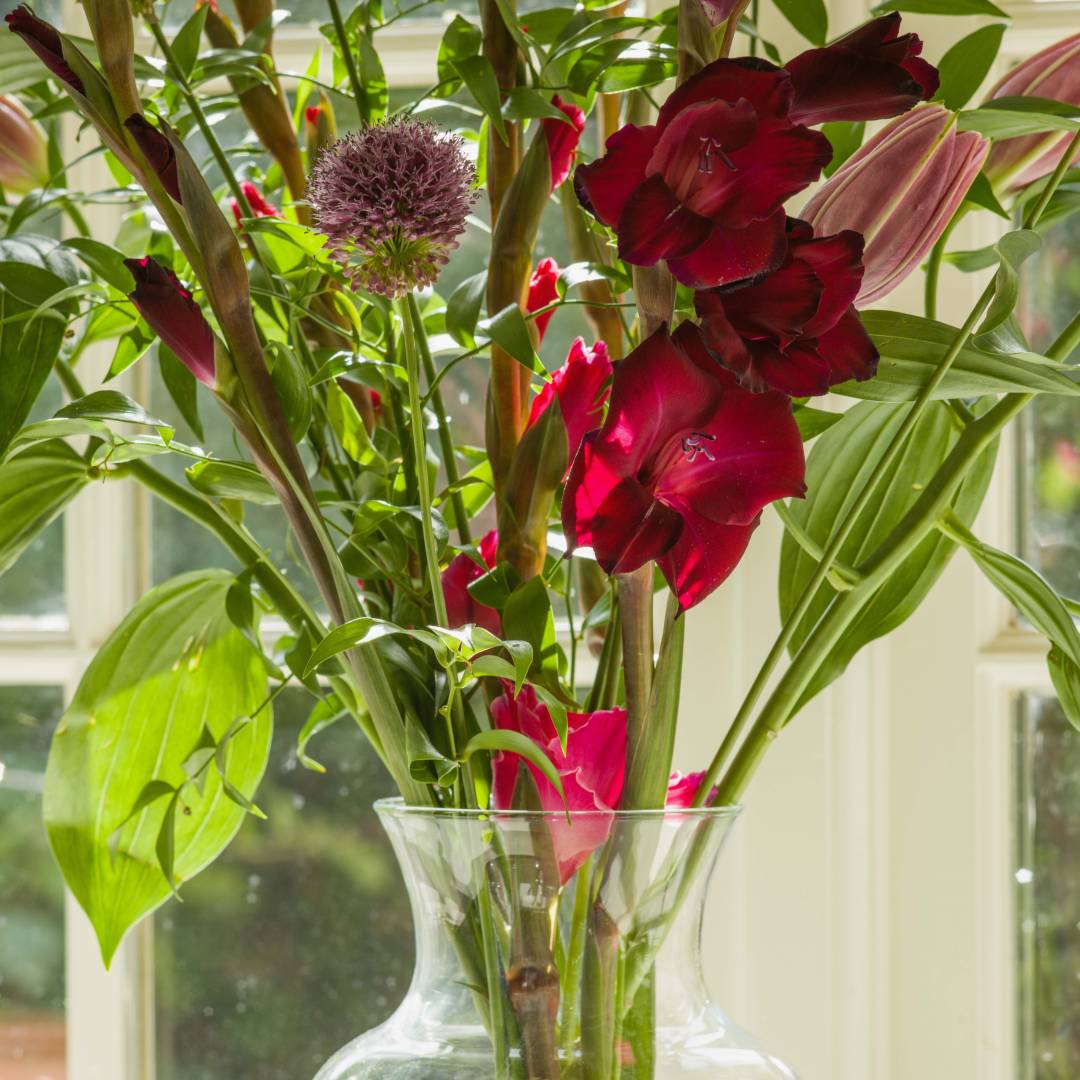
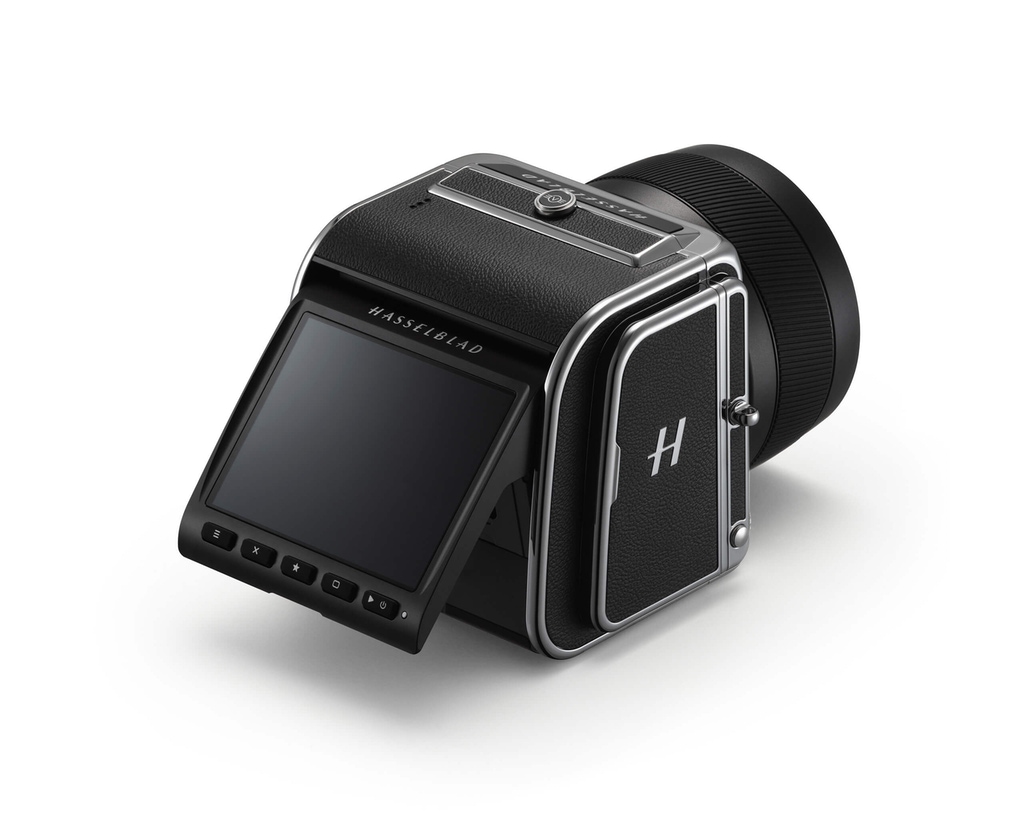
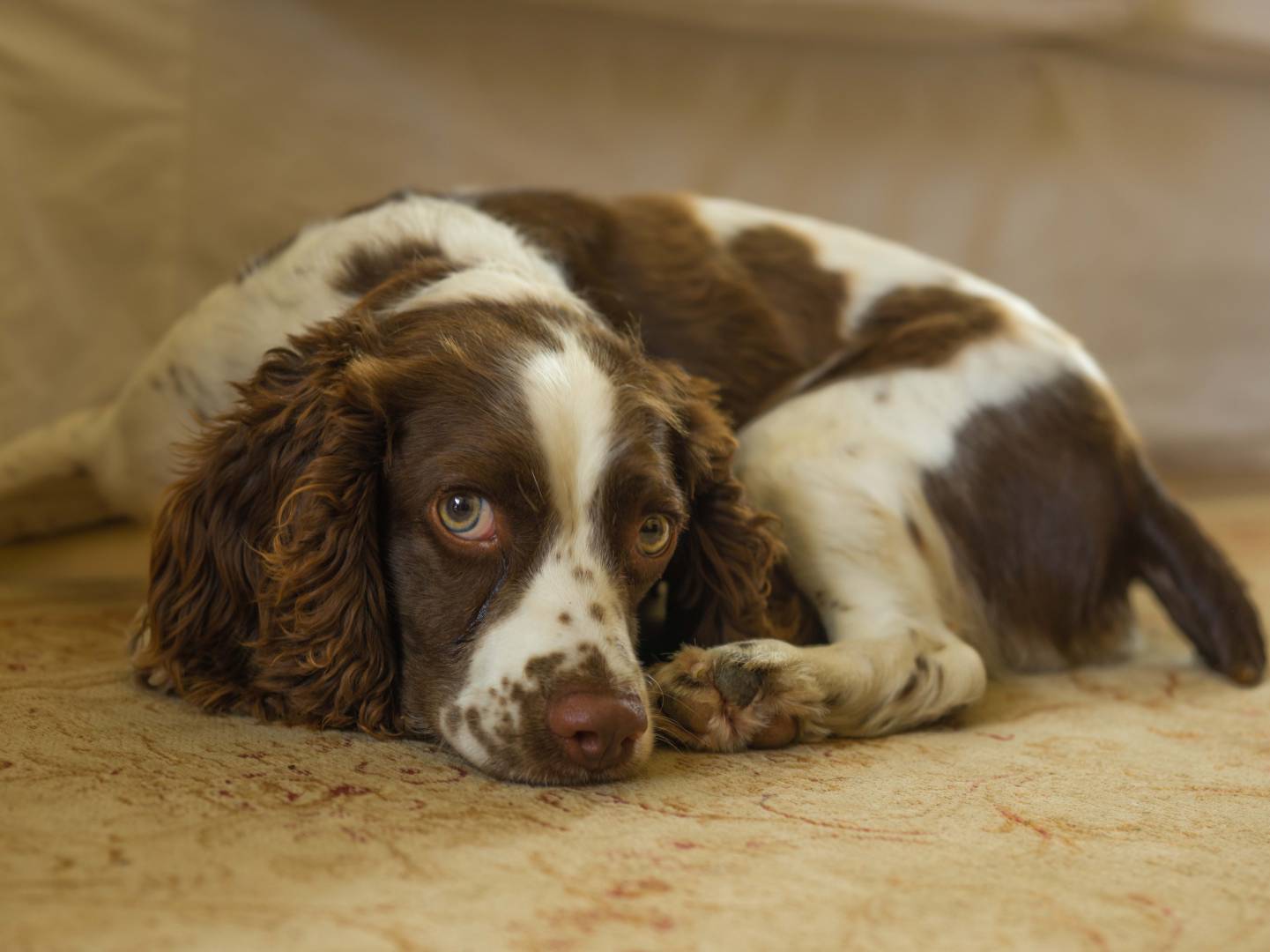




Thanks Andrew for the interesting article. As someone with a very large collection of film cameras Hasselblad is one of the major makes which has eluded me, so far. I have film cameras made by Leica, Zeiss, Rollei, Nikon, Kodak and many others, some well known and others quite obscure. I like the 120 film format and one day I will pick up an example of a Hasselblad. I won’t be looking for a digital back as that would defeat the whole point of the exercise for me. For what it is worth, my favourite photo in your article is the one taken on film, which has the look I like. With my natural tendency to collect things I would avoid getting a big outfit of Hasselblad stuff and I would go for a body (probably from the 500 series) and maybe a couple of lenses and backs. For me it would not only be a representative of a hugely significant group of cameras in my collection, but also one that would operate as a work horse when I need it.
At auctions, Hasselblad items hold their value well and along with Leica and Rollei are probably the best value holders out there. Just a point about Hasselblad and older digital equipment. We have a Hasselblad Flextight Scanner at the Gallery of Photography, Ireland, but Hasselblad will no longer service it. It also had issues with our IT ‘friends’ (Apple, Adobe etc) constantly upgrading software and operating systems. I hope that the digital backs remain in operation for you and others, but a properly serviced 500 system with a rollfilm back will almost certainly outlive a digital back set up.
William
Thanks, William. I love the film look too. That shot was taken on Portra 400, developed in a lab and then scanned at home on my Nikon Supercoolscan 8000. Thankfully, the excellent VueScan software – which provides support for thousands of legacy scanners – means that the Nikon scanners still work with the latest version of Mac OS. I know there was a push by owners of Flextights to ask VueScan to provide support but, allegedly, Hasselblad didn’t wish to hand over the necessary technical documents. Perhaps that will change in the future; VueScan are adding additional printers with each new release. You can still find some ‘new’ or ‘mint’ condition 500-series Hasselblad camera to add to your collection, for quite reasonable money.
FWIW, repairs for the CFV-16 digital back are now limited to just the IR filter.
Sorry, Tom! 😉 I have also been poring over the pictures, text and online videos of the new 907X 50C (as the kit is called); it looks lovely, and very nice to have the option of the autofocus lenses and slim body, or to be able to clip the digital back onto your 503CX. Do let us know if you take the plunge with your own digital back and dust off your old Hasselblad again. I’m glad you enjoyed the article.
Thanks for a great article Andrew; but I wished you hadn’t published it, or rather I hadn’t read it. I’ve always been mad about photography and since 1969 have been using Leica, along with Nikons for telephoto work. Anyway, in the eighties I lived in Dubai for 5 years and used to ride motocross and some desert races. I’d always fancied a Hasselblad and so when we came to leave Dubai in !989 I sold the motorbikes and bought a 503CX along with three lenses. When digital came along I thought great, this is a cheap way into it, just buy a new back for the 503. With a price tag of approximately £18,000 this idea went out of the window and my entry into this new world was via a new “old stock” Nikon D1x when the D2x was the latest thing.
I could never bring myself to part with the Hasselblad kit and have many times thought about a digital back for it. However, I thought I’d gotten over that idea and for the last few years have been extremely happy with the SL and it’s native lenses. (I also have an M10, M9M and Q)
Now your article comes along and I’ve spent the last hour or so on the internet looking at the CFV 50 and the 907X. Who knows where that will lead.
Another slippery slope to negotiate…
The recent experience of a photographer on the 907x 50C is a huge concern. She bought the body from a well known store in the US and the lens directly from Hasselblad. She experienced connectivity issue between lens, body and back. Customer service from Hasselblad was less than helpful asking her to send the equipment at her own cost for evaluation. Hasselblad also will not refund on the lens that was bought from them since it’s opened.
Sorry to hear that story. I have had no experience of Hasselblad or dealer/manufacturer service. But other readers may know more.
That’s a concern. I’d heard stories of gremlins with the first generation X1D (the dreaded no lens attached warning) which have now largely been sorted by firmware upgrades, but hadn’t heard this feedback about the 907X 50C. It does seem that some manufacturers are increasingly releasing beta-quality hardware and firmware, then sorting issues with software updates once users start to complain and/or provide feedback. I wonder if Hasselblad has again felt pressured to get this product into the market (it was very late). You just don’t expect such an approach by any camera manufacturer, let alone Hasselblad with its otherwise stellar reputation and eye-watering prices.
Delightful article! I see one in my future as well. I own the X1D II with 3 lenses and the new 907X would give me an additional body for my XCD lenses and at the same time a digital back for my 503CW. Very tempting!
Thank you for this Andrew.
I must admit that I wasn’t aware of how well the digital backs suit that ‘blad. It’s great to see retro being revived and used in a new way.
However, behind that tech it’s clear that you look for interesting opportunities. The use of rear lighting for the vase of flowers makes it an interesting shot, and the browns in the Watson image convey a feeling of comfortable warmth.
Hi Brian. Thanks for your kind comments. The SL2 and M9 combination is very appealing. I used to love using M lenses on my SL, with that wonderful EVF, alongside Sigma’s excellent L-Mount primes and their fabulous 24-70 f/2.8 zoom. I also had their enormous 35mm f/1.2 for a while. Superb image quality, but it weighed a ton!
Hi Andrew, I really enjoyed your article. I identified with your intro. I have cycled through countless cameras and amazing glass ranging from a comprehensive G9 system, M system, SL system, Hasselblad X1D system, Q-P, Panasonic S1R and S1, Sigma fp. I have now “stabilized” on an SL2 system and a M9 system.
I also much prefer the journey with my camera and the haptics than sitting in front of a computer. Your new Hasselblad system looks very interesting. I hope you enjoy great adventures with it
I feel possibly gasless after reading that exhausting list of camera’s, many of us would be grateful to have owned only one of them Andrew. For me I like to wring the neck out of what I have, and my Nikon Df, and Leica X will suffice – for now. Or until my wallet gets itchy plastic notes in it again.
That aside what a wonderful article, and a wonderful picture of Watson – elementary my dear Holmes. I rarely read anything about medium format, and thus it was an enjoyable Friday evening read. So thank you.
Enjoy the weekend folks, keep safe, stay virus free.
Thanks so much, Dave. Watson – a rescue dog we adopted a few months back – is absolutely adorable. He lives with our family and another rescued Spaniel, called Snoop. They are quite the detective duo! I’ve always fancied a Df. Now there’s a thought…
Thanks, John. I can really appreciate your love of ‘running up and down the scale..’ it’s great to be able to pick your ‘weapon of choice’ from a broad selection of cameras, not just for the job in hand but also to suit your mood and because change keeps you fresh, I think.
What a delightfully refreshing article! – And so up front about your addiction! Tho’ mine functions at a lower level, I entirely understand your fascination with haptics. A friend of mine has only three cameras and is therefore a much better photographer than I in terms of end results. But I love running up and down the scale from Digilux 1 to D-Lux 7 and from Nex 3C to a6000 with an RX10 and an RX100 thrown in for good measure. As to Hasselblad, I can only ogle in fascination – though the prices you mention are not absolutely crushing, but I suspect the storage space needed is.